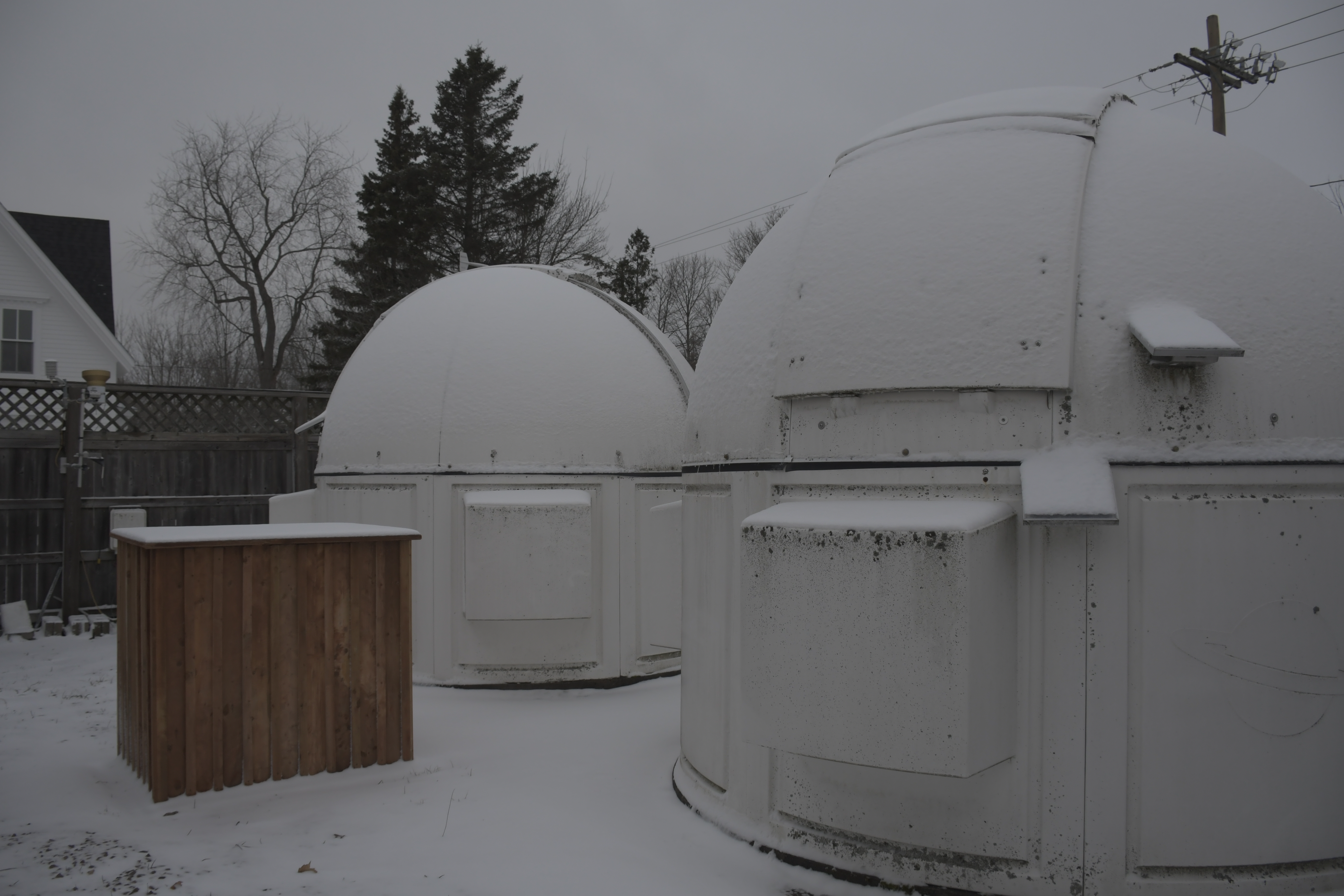On April 8, 2024, a total solar eclipse will cast its shadow on New Brunswick for the first time in over 1,000 years. The path of totality, where the moon blocks 100% of the sun, will cover areas such as Florenceville-Bristol, Woodstock, Fredericton, and Miramichi. Outside of the path, most North Americans will at least witness partial coverage of the sun for a couple of hours. It is encouraged that New Brunswick citizens take advantage of this extraordinary cosmic event, as it may only happen once in their lifetime.
A total solar eclipse occurs when the moon lines up with the sun, blocking its light and casting a shadow on Earth’s surface. Catherine Lovekin, a physics professor at Mt. A, spoke about the event’s recurrence, “a total solar eclipse occurs every 18 months or so, but they only occur in specific places so in any one location, they occur an average of every 300 to 400 years.” She explains that predictions are made through the Saros Cycle, in combination with some more complicated models, to predict exactly where the eclipse’s path will be. The Saros Cycle is a solar-lunar cycle that happens in an interval of around 18 years. The Earth, the sun, and the moon return to nearly the same position once every interval, thus causing the cycle of solar and lunar eclipses to begin again.
Scientists are thrilled to experience the total solar eclipse, as it may be their only chance to observe the weird and wonderful things that it highlights. “The winds change, the animal patterns change, the birds will stop singing because it is dark during totality. You can see the corona, you can see the stars — it is just really, really cool,” says Lovekin. Totality will occur when the eclipse peaks, which will be around 4:30 p.m. for New Brunswick. The total length of the eclipse is about two hours, beginning at 3:25 p.m. and ending at 5:45 p.m. Although the sun’s disappearance only occurs for a maximum of four minutes, some strange occurrences remain during the full length of the eclipse. Lovekin comments, “if you saw the [total solar eclipse] in 2017, we only got to about a 50% coverage – even so, I remember the moths were all coming out.” Particularly, one intriguing highlight of totality is a good view of the corona. During the peak of the eclipse, the moon will almost perfectly block out the sun’s disk and those four minutes are scientists’ only chance to observe the upper atmosphere of the sun, called the corona. Lovekin explains, “We can study it with telescopes using something called a coronagraph, but that usually blocks out much more than just the sun, so you can not really study the innermost parts of it with those tools.”

Mt. A will have its observatory open from 3 p.m. to 6 p.m. on April 8. To witness the solar eclipse safely, it is crucial to use ISO certified (ISO 12312-2) eclipse glasses. They can be purchased online, however, some will be handed out on a first-come-first-serve basis at the observatory during the time of the event. For those who cannot directly witness the eclipse, the event will be streamed publicly on the NASA website. Wherever you are, make sure not to miss this once in a lifetime cosmic experience.





